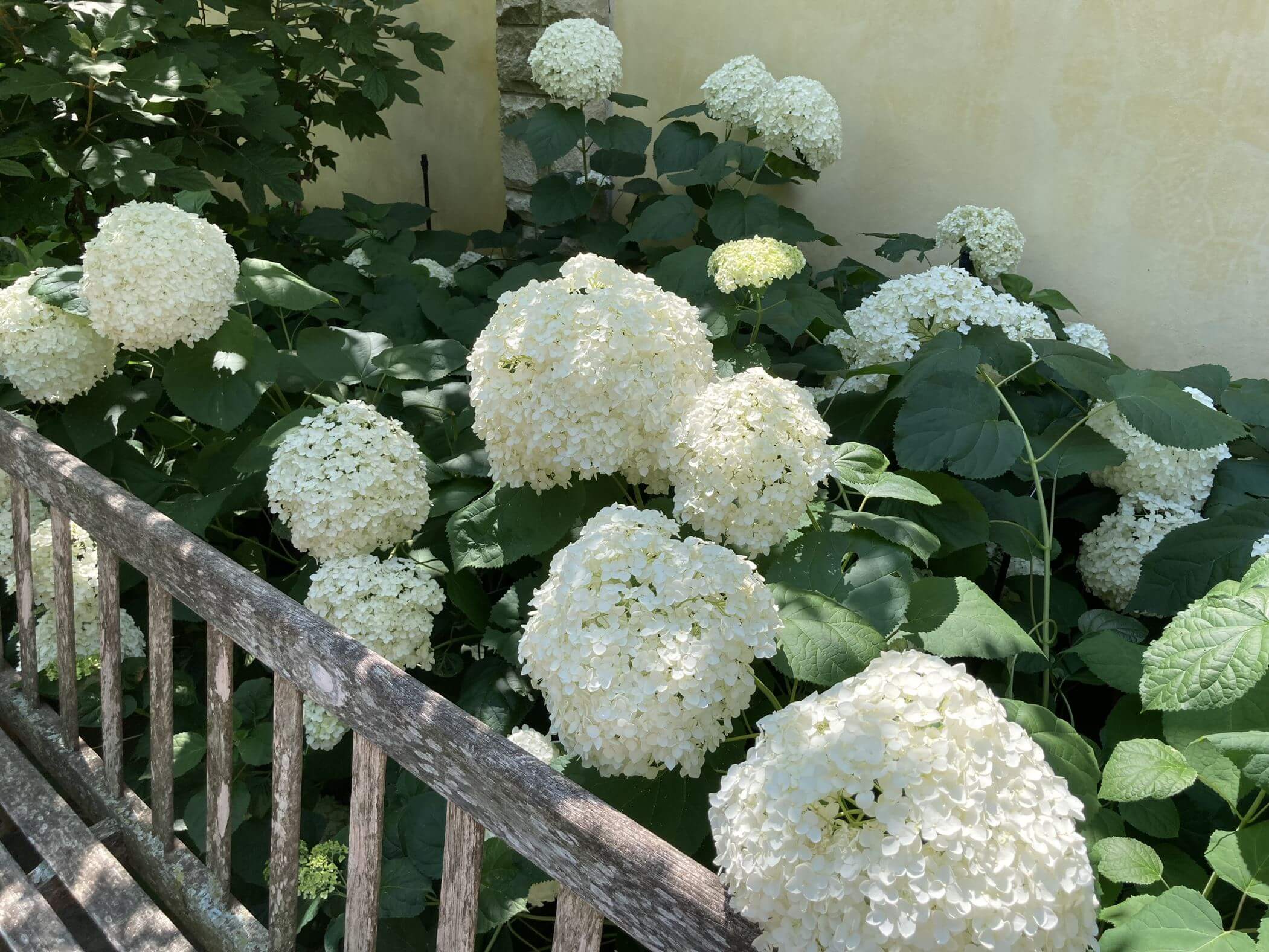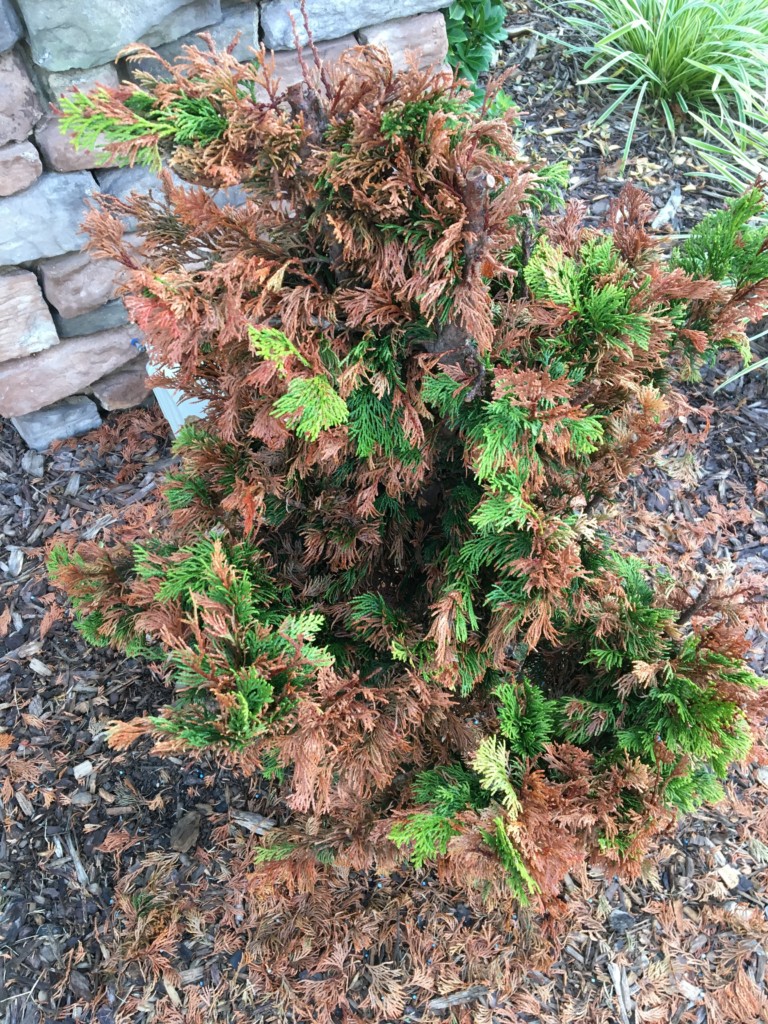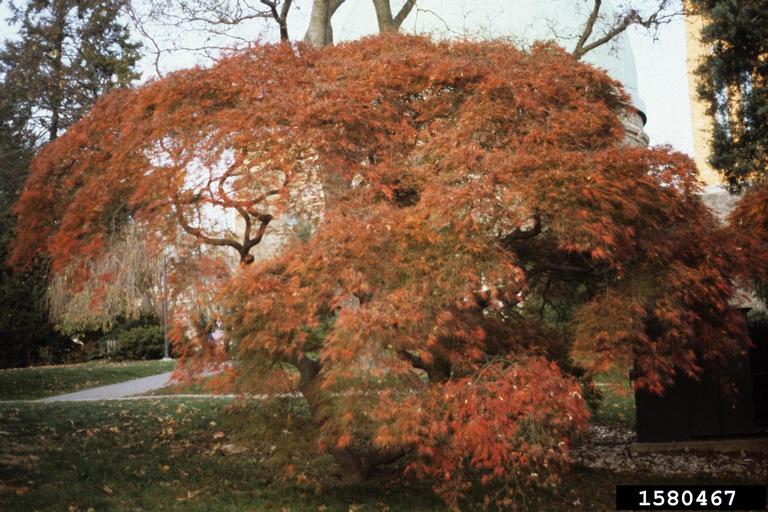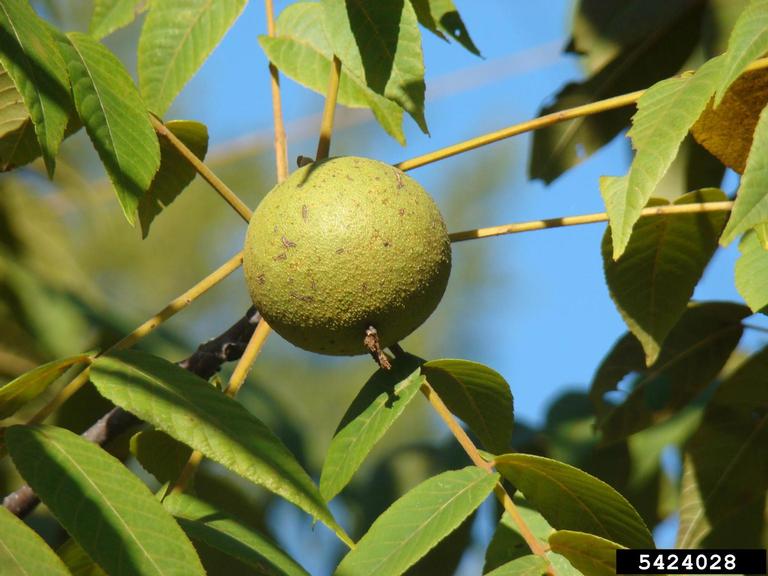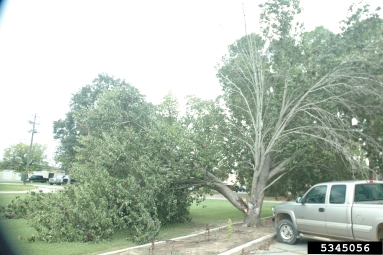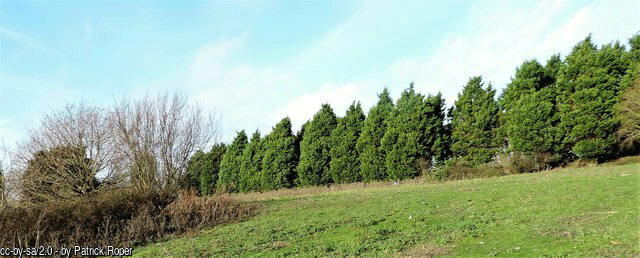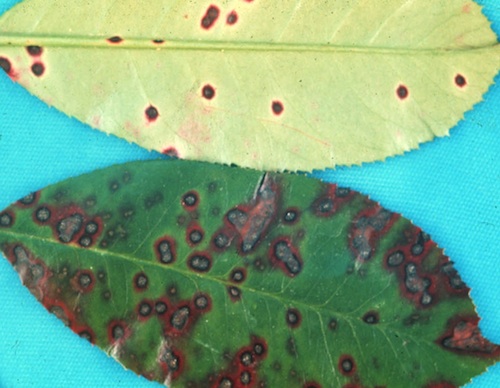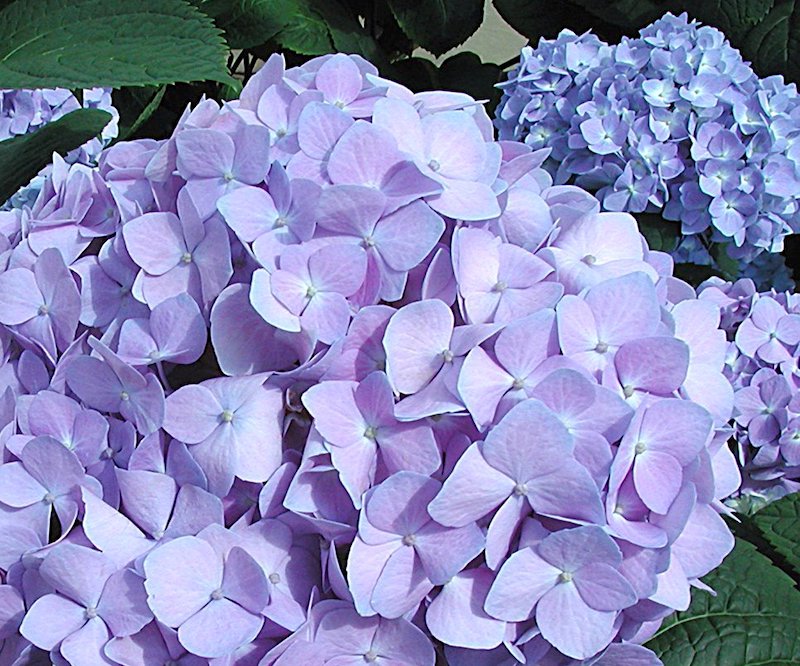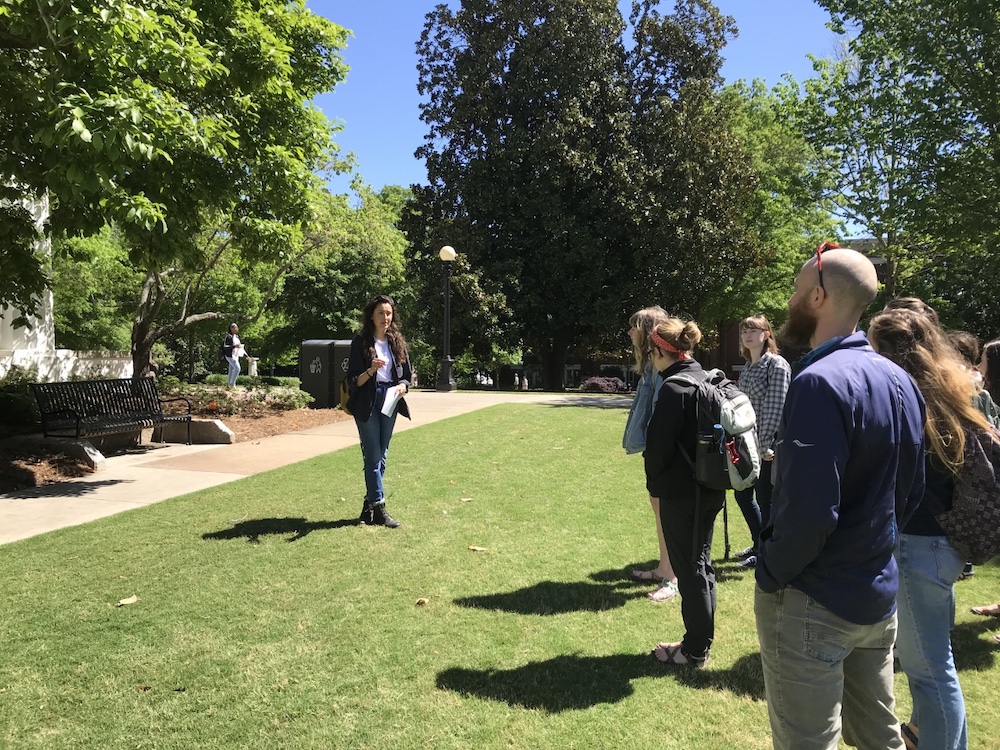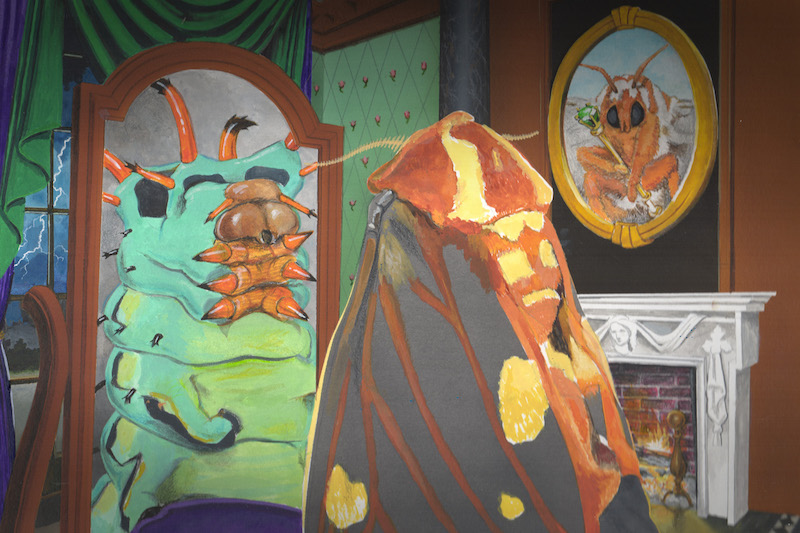 CAES News
CAES News
Hickory Horned Devil
With a name that conjures the spookiest Halloween imagery, the hickory horned devil (Citheronia regalis) caterpillar is a marvel of nature's creativity, boasting a fearsome-looking appearance that is both off-putting and intriguing. This time of year, unsuspecting passersby may have the rare chance to spot this spectacular caterpillar as it drops from trees.

